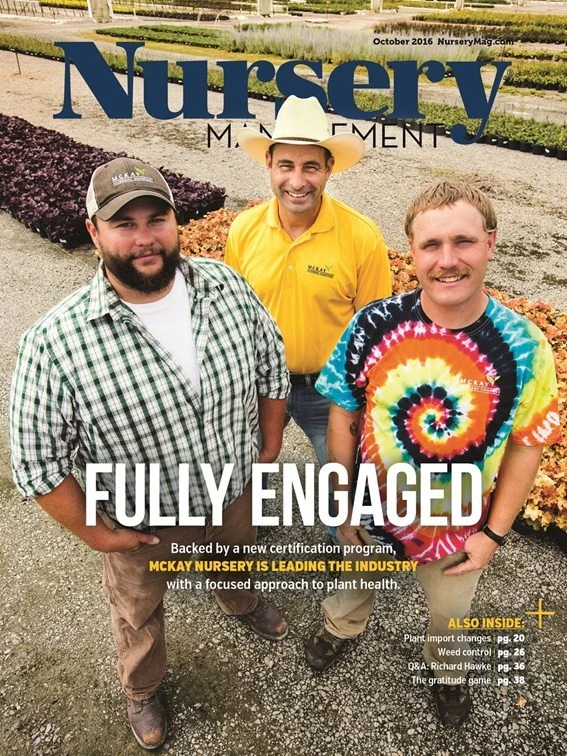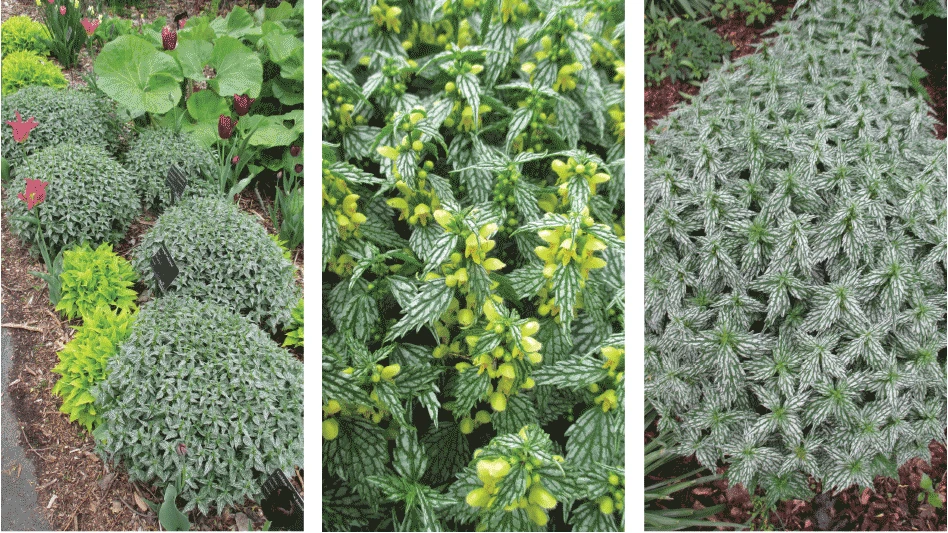
I find it a bit silly to say edibles are still “trending” in our industry, because I have to wonder if it’s a trend in the true sense of the word. Edible sales continue to climb, garden centers are attracting new consumers with edible gardening classes and projects, and breeders continue to crank out new edible varieties. The sales may level out after a while, but I don’t think we’ll see the major peaks and valleys that are often seen with ornamental trends.
The generational pundits are convinced that Millennials will continue to grow their own food, whether it’s in a pot on the patio of an apartment or in the ground once they’re in a home. The National Gardening Association found that more young people, particularly Millennials, are the fastest-growing population segment of food gardeners. In 2008 there were 8 million Millennial food gardeners, and that figure rose to 13 million in 2013, an increase of 63 percent, according to NGA. Edibles are a multimillion-dollar business. Millennials also nearly doubled their spending on food gardening, from $632 million in 2008 to $1.2 billion in 2013.
This month the Dallas Arboretum and Botanical Garden broke ground on an $8 million farm-to-table garden. It’s a 2-acre year-round food oasis named A Tasteful Place.
A Tasteful Place will include an orchard, vineyard and raised beds of mixed flowers, vegetables, fruits and herbs, as well as shaded porches and patios. The 3,600-square-foot Garden Pavilion will include a dining room and teaching kitchen to showcase local chefs preparing garden-to-table cuisine. Gardening guru P. Allen Smith has partnered with the Dallas Arboretum to develop programming that includes a year-round calendar of educational activities, tastings, horticultural demonstrations, workshops and public festivals. Visitors will be able to go into the garden with the chefs to learn how to pick the edibles, clean and prepare them. Excess harvested food not used in cooking classes or tastings will be utilized by the Arboretum’s in-house catering.
The Arboretum’s harvests in A Tasteful Place will be on display in four raised gardens in the Potager Quadrant intensively planted with climbing vegetables and vines, as well as other vegetables planted ornamentally and interspersed with flowers to attract pollinators and beneficial insects. Learn more here: www.dallasarboretum.org.
Even if you’re not growing edibles (but what’s stopping you?), you can reach a new generation of consumers by partnering with the fruit and vegetable growers and breeders. On the pages of this magazine, horticulture rock star Brie Arthur has explained many ways to combine production, sales and marketing of ornamentals and edibles. She’s currently doing lectures across the country about it and she’s writing a book on the topic. Don’t let edibles get all the press. Reach out to your colleagues and find a way to ride this wave. If the Dallas Arboretum attracts new fans because of its new farm-to-table garden, those visitors will also have the chance to see all the amazing ornamentals at the award-winning garden. Edibles and ornamentals are a practical and potentially profitable combination.
Get curated news on YOUR industry.
Enter your email to receive our newsletters.

Explore the October 2016 Issue
Check out more from this issue and find your next story to read.
Latest from Nursery Management
- These companies are utilizing plastic alternatives to reduce horticultural waste
- NewGen Boxwood added to Proven Winners ColorChoice line
- Terra Nova releases new echinacea variety, 'Fringe Festival'
- American Horticultural Society names winners of 2025 AHS Book Awards
- Nufarm announces unified brand
- American Horticultural Society announces winners of 2025 Great American Gardeners Awards
- Shifting the urban environment
- The Growth Industry Episode 3: Across the Pond with Neville Stein






